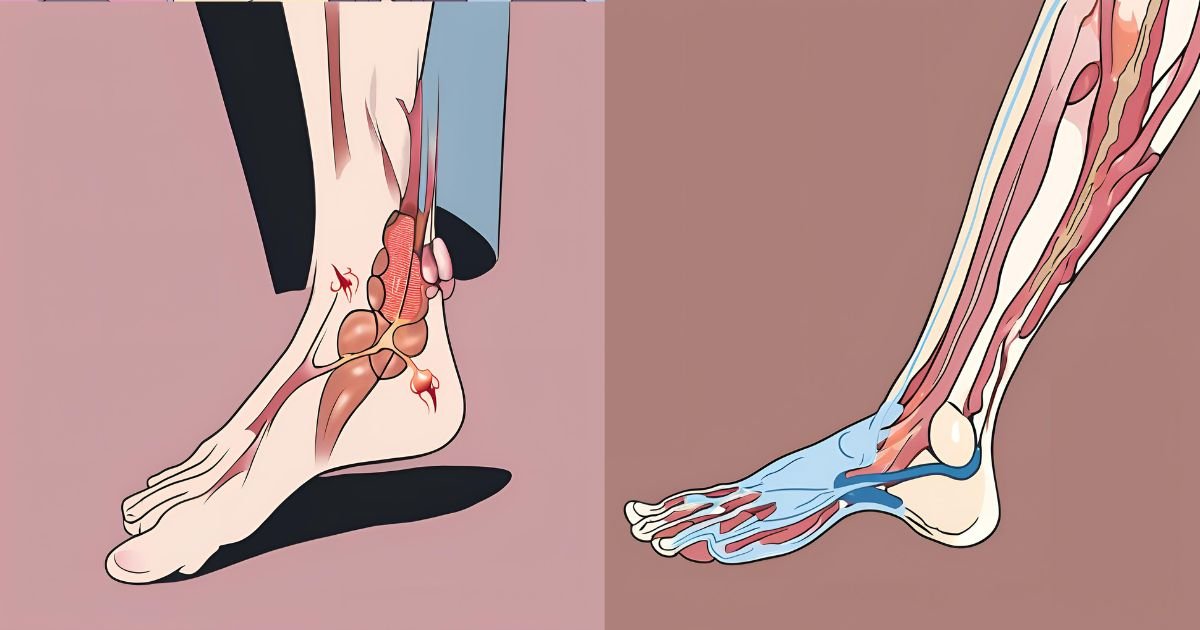Introduction
A very common question comes in mind that is heel pain: a sign of cancer? Heel pain is a common complaint that can have many causes. Most often, heel pain is due to overuse or injury of the plantar fascia, the connective tissue that runs across the bottom of the foot. Other common causes are heel spurs, stress fractures, bruises, arthritis, and nerve irritation.
Is heel pain: a sign of cancer?
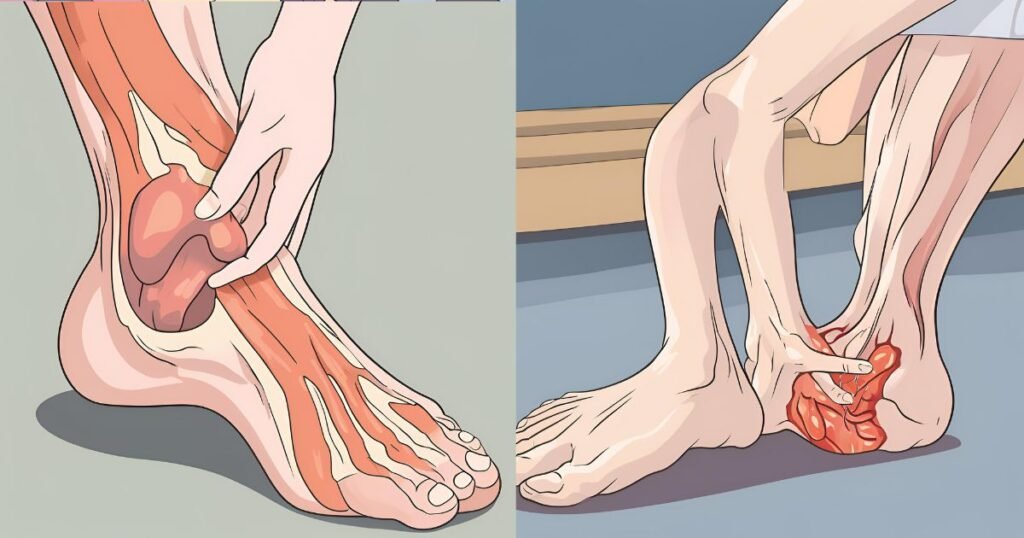
However, heel pain can sometimes be a symptom of an underlying medical condition like cancer. Cancer that has metastasized or spread from the primary site can cause pain in the heel if it applies to the bones of the foot. Primary bone cancer originating in the heel bone is also a potential cause of heel pain, although vary.
This essay will examine the connection between heel pain and cancer. It will look at the types of cancer that most commonly spread to the heel bone, the typical characteristics of cancer-related heel pain, how doctors test for cancer, and when cancer should be suspected as the possible cause of heel discomfort. An overview of the causes and treatments of the most common benign sources of heel pain will also be provided.
Read More: Saaf Health
Metastatic Cancer Affecting The Heel Bone, Is Heel Pain A Sign Of Cancer?
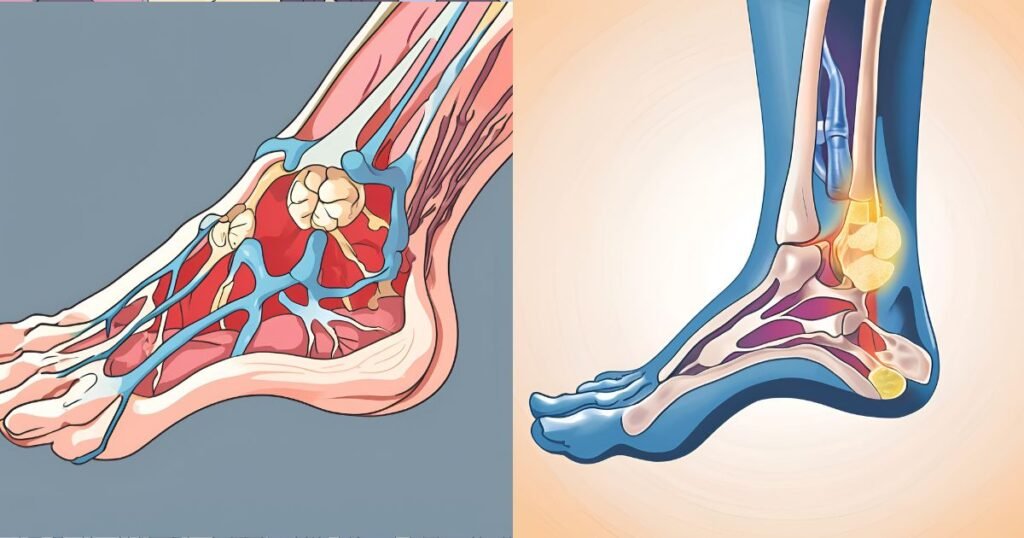
Cancer arises initially in one body part, such as the breast, lung, prostate, etc. Metastatic cancer spreads cancer cells from this primary site to other body parts through the bloodstream or lymphatic system. These cells can then grow into tumors in distant organs and bones, including the foot and heel bones. According to the American Cancer Society, breast, prostate, lung, and kidney cancers are the types that most commonly metastasize to bone.
When cancer spreads to the heel bone, also called the calcaneus, it can cause pain by damaging or weakening the bone. Cancer may eat away at areas of the calcaneus, thinning the bone. This is known as osteolytic metastasis. Or, cancer can stimulate the overgrowth of bone tissue, resulting in a dense, misshapen bone. This is osteoblastic metastasis. Osteolytic and osteoblastic lesions can lead to heel pain, either due to the weakening of the bone itself or the swelling and inflammation it causes.
Up to 30% of breast cancers and 35% of prostate cancers metastasize to bone, making these the most likely forms of cancer to spread to the heel. Lung cancer spreads to bone in 15-40% of cases, while kidney cancer does so approximately 20% of the time. Myeloma, leukemia, melanoma, and thyroid cancers can sometimes manifest in bone.
Characteristics of Cancer-Related Heel Pain
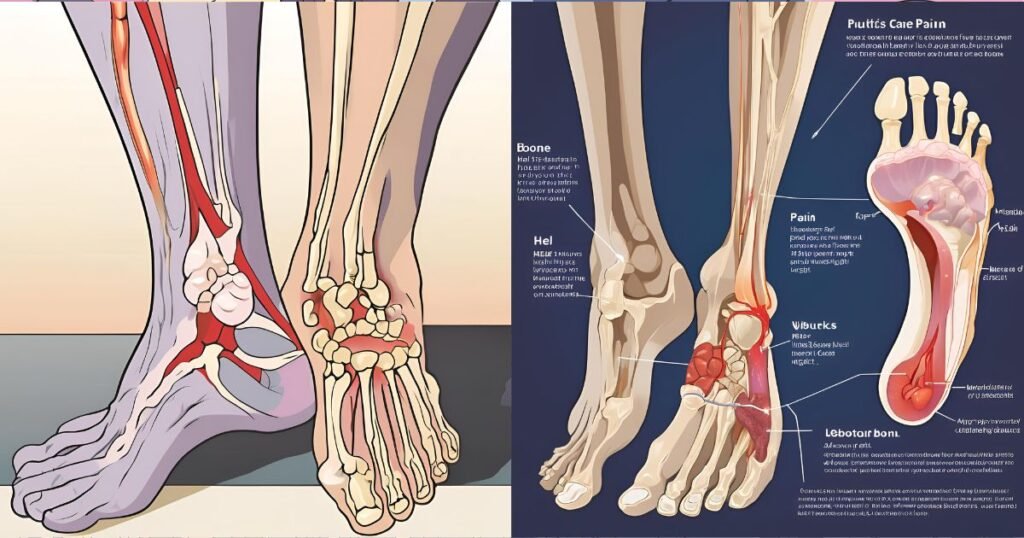
Heel pain caused by metastatic or primary heel bone cancer often has distinguishing characteristics and patterns that may set it apart from regular plantar fasciitis or heel spurs. Features that may suggest cancer as the underlying cause include:
– Severe pain at night – Benign heel pain from overuse usually hurts most with activity and first steps in the morning. Metastatic bone lesions often worsen at night.
– Non-mechanical pain – Heel pain from standing, walking, or running usually improves with rest. Cancer pain can persist despite rest.
– Sudden onset – Most heel pain develops gradually. Cancer pain often appears suddenly.
– Unilateral pain – Plantar fasciitis often affects both heels. Cancer is usually unilateral.
– Swelling – Heel spurs and plantar fasciitis do not usually cause swelling. Swelling may occur with cancer.
– Numbness or tingling – Cancer can irritate heel nerves. Numbness is uncommon, with typical heel pain.
– Unexplained weight loss may indicate undiagnosed cancer elsewhere in the body.
– Pain elsewhere – Cancer patients may also have bone pain in other areas.
– History of cancer – Especially breast, lung, prostate, and kidney cancers.
– Pain unrelieved by conventional treatments – Standard heel pain remedies are ineffective.
Of course, having one or more of these characteristics does not necessarily mean cancer is present. Sometimes, cancer heel pain can resemble textbook plantar fasciitis or heel spurs. But, these possible cancer red flags must be recognized and reported to a doctor.
Diagnostic Testing for Cancer
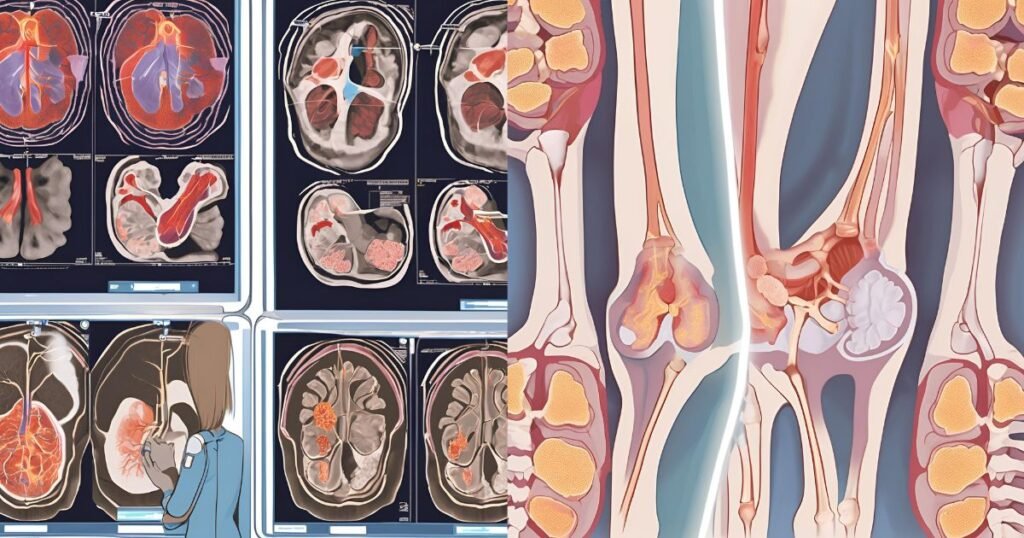
If the pain pattern or risk factors raise any suspicion of cancer, the doctor will likely order imaging tests. Regular X-rays can detect destructive bone lesions from metastatic cancer. Even if X-rays are standard, advanced imaging will usually be done to examine the calcaneus in more detail if cancer remains a concern. CT, MRI, and PET scans can all reveal areas of bone weakened by cancer. Bone scans detect sites in the skeleton with rapid turnover characteristic of cancer.
Blood tests may also be ordered to look for elevated cancer markers. Common examples include PSA for prostate cancer, CEA for colon cancer, and alkaline phosphatase for bone cancers. Doctors can also analyze blood cell counts for anemia or other abnormalities suggesting cancer.
In some cases, a biopsy may be needed to confirm a cancer diagnosis definitively. In this procedure, the doctor inserts a needle through the skin to withdraw a small sample of the abnormal bone tissue. A pathologist examines the cells under a microscope. Finding cancer cells on biopsy is diagnostic.
Read More: Can Heel Pain Be a Sign of Cancer?
Primary Heel Bone Cancer

Primary bone cancer starting in the heel itself is very uncommon. When it does occur, the most frequent type is osteosarcoma. This bone cancer typically affects children and adolescents. Osteosarcoma arises from immature bone cells and causes irregular bone formation. It causes severe pain, worse at night.
Two other primary bone cancers – chondrosarcoma and Ewing’s sarcoma – can very rarely originate in the calcaneus. Plasmacytomas, a type of myeloma tumor, can also sometimes start in the heel bone, as can metastases from unknown primary cancers.
Primary heel bone cancers are usually detected via X-rays and advanced imaging like MRI and confirmed by biopsy. These cancers are treated aggressively with surgery, which may involve total removal of the heel bone. This is followed by chemotherapy and radiation.
Common Causes of Heel Pain
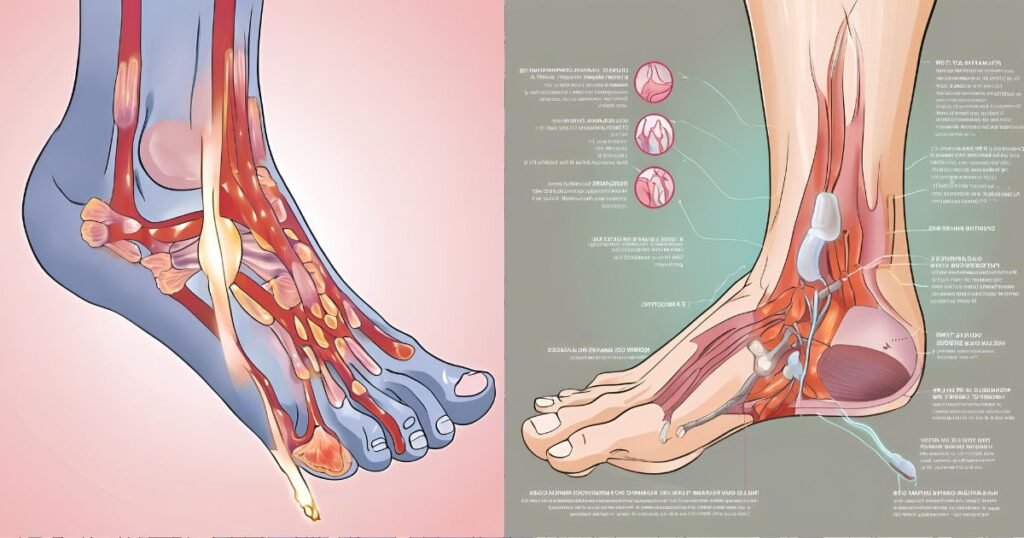
While cancer is a concern, it remains an uncommon cause of heel discomfort. The most prevalent sources of heel pain are:
– Plantar Fasciitis – Inflammation of the plantar fascia affects about 1 in 10 people over their lifetime. Pain is worse with first steps but improves with movement. Both heels are often affected.
– Heel Spurs – These small calcium bone growths cause chronic pain that worsens with standing and walking. Tender swelling is present.
– Heel Bruises – Direct trauma to the fat pad under the heel results in black-and-blue discoloration and pain.
– Arthritis – Joint inflammation, including rheumatoid arthritis, can affect the rear and mid-foot joints.
– Stress Fractures – Overuse and repetitive impact lead to tiny cracks in the calcaneus bone.
– Tarsal Tunnel Syndrome – Compression of the tibial nerve causes shooting pain, numbness, and tingling.
Achilles Tendonitis – Microtears and Achilles tendon inflammation at insertion cause stiffness and pain.
– Bursitis – Swelling the fluid-filled sacs between bone and tissue leads to swelling and pain.
Treatment focuses on rest, ice, over-the-counter pain medication, stretching, orthotics, and physical therapy. Steroid injections may also provide relief. Surgery is sometimes needed in recalcitrant cases. Maintaining a healthy weight is also very helpful in reducing heel pain.
Read More: Heel Pain Cancer
Conclusion
In summary, cancer as a source of heel pain is quite rare. When it does occur, it is usually due to metastasis to the calcaneus from primary cancers elsewhere in the body, like breast, lung, prostate, and kidney cancers. Primary heel bone cancers like osteosarcoma are also very uncommon. Cancer typically causes severe pain at night that is unrelenting.
Red flag symptoms that can indicate cancer include swelling, numbness, tingling, unexplained weight loss, sudden pain onset, unilateral pain, and pain unrelieved by standard treatments. Doctors can order imaging tests and biopsies if cancer is suspected.
Much more often, heel pain arises from common conditions like plantar fasciitis, heel spurs, arthritis, and stress fractures. Still, unexplained persistent or worsening heel pain warrants medical evaluation to assess for underlying causes, including the remote possibility of cancer. Catching and treating any cancer early dramatically improves outcomes.

